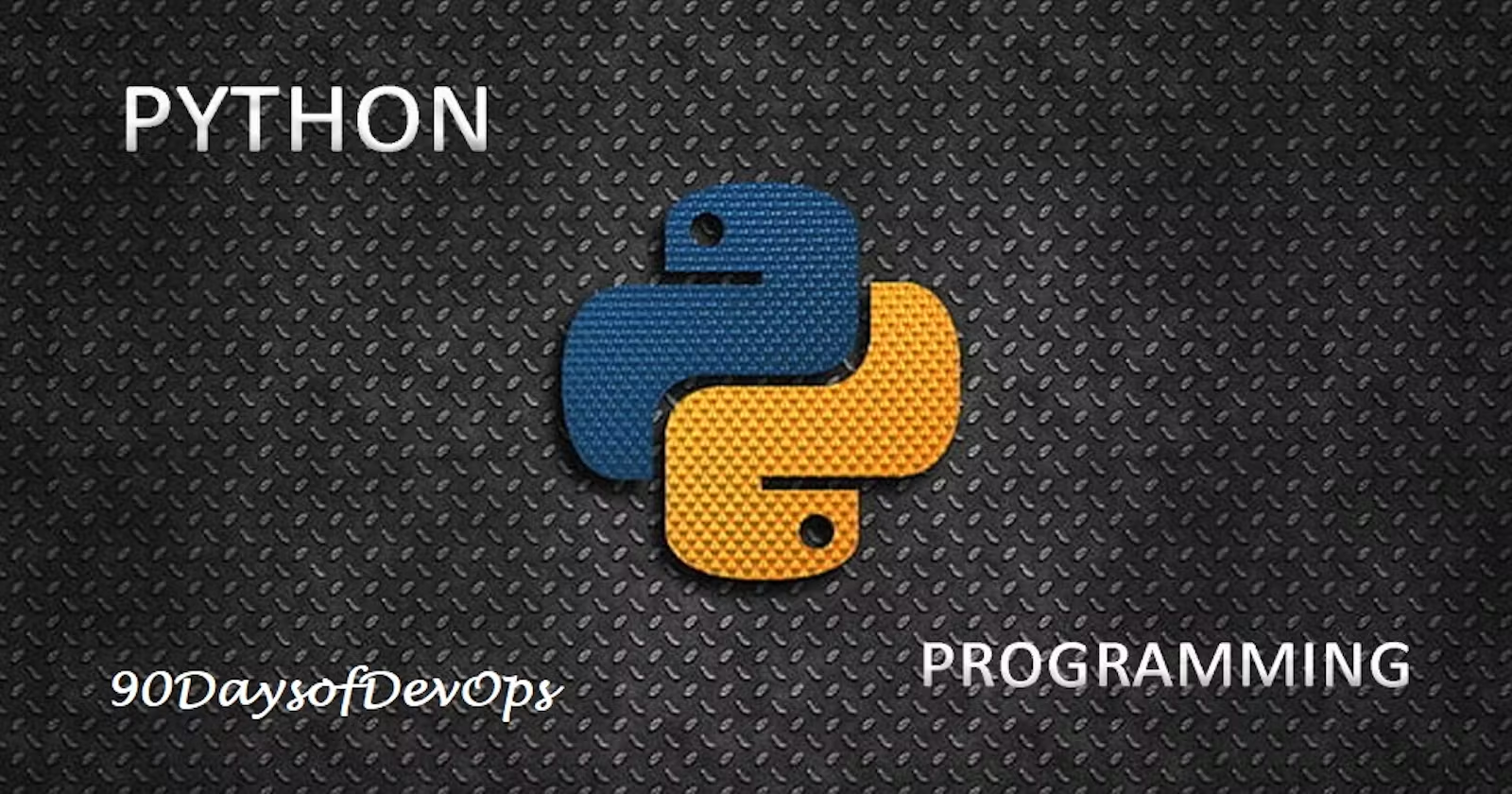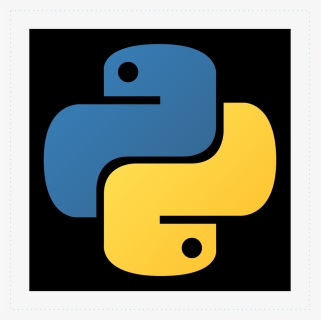DevOps(Day-13) : Introducing Python
 Biswaraj Sahoo
Biswaraj Sahoo
Python

It is an open-source high-level language with embedded Object-oriented programming.
Any Idea who is the brain behind this?
Python was conceived in the late 1980s by Guido van Rossum at Centrum Wiskunde & Informatica (CWI) in the Netherlands. Its implementation began in December 1989. Van Rossum took the whole responsibility for the project, as the lead developer, until 12 July 2018.
The main features for which it is so much famous and used widely in all over the world are:-
Easy to code and read.
Expressive.
Free and Open-Source.
High-Level.
Interpreted.
Object-oriented.
Large standard library.
Let's keep it simple today. Are you ready to install python with me on your system!!!!!!
Installing Python
Currently, I am using ubuntu VM. so I will show how to install python.
In Unix-based systems python can be installed through package managers. As we discussed in our previous blogs, there are different package managers for different OS. In Linux it is YUM but in Ubuntu it is APT-GET.
$ apt-get install python<version_name>

If you are using windows you can download the package from the below link:-https://www.python.org/downloads/

The next step would be to set the environment variable.

Let's verify.

Let's learn some concepts in python.'
Data types in Python
What is a data type?
It is the data or the information that we feed to our programs or codes that may be in form of user inputs or default values that get analyzed and provide required outputs.

Number:
Integer - This value is represented by the int class. It contains positive or negative whole numbers.
Float - This value represents by the float class. It contains decimal values.
Complex - Complex number is represented by a complex class. It is specified as (real part) + (imaginary part)j.

Dictionary:
It is an unordered collection of data values, used to store data values like a map, unlike other Data Types that hold only a single value as an element, a Dictionary holds a key: value pair.

Boolean:
The Python Boolean type has only two possible values:
TrueFalse

Set:
A set is a collection of unique data. That is, elements of a set cannot be duplicated.

Sequence:
List: lists are used to store multiple data at once. There are no restrictions on the repetition of values.

Tuple: It is similar to a list but the difference here is we can't change the value once it is assigned to a variable. It is faster than list.

String: It is the datatype for assigning alphabetical words or lines to the variable.

Thanks for reading my article.
Have a wonderful day.
WRITTEN BY Biswaraj Sahoo --AWS Community Builder | DevOps Engineer | Docker | Linux | Jenkins | AWS | Git | Terraform | Docker | kubernetes
Empowering communities via open source and education. Connect with me over linktree: linktr.ee/biswaraj333

Subscribe to my newsletter
Read articles from Biswaraj Sahoo directly inside your inbox. Subscribe to the newsletter, and don't miss out.
Written by

Biswaraj Sahoo
Biswaraj Sahoo
--AWS Community Builder | DevOps Engineer | Docker | Linux | Jenkins | AWS | Git | Terraform | Docker | kubernetes Empowering communities via open source and education.